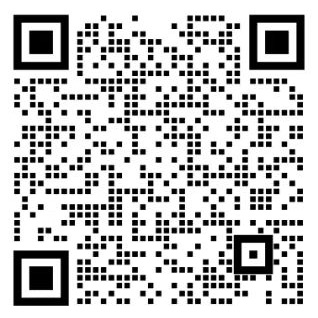
Brand and language differences are key elements in the brand building process. They work together to affect the overall brand image and communication methods, ensuring that the brand has unique appeal in the market. The following is a detailed description of brand and language differences:
Brand visual differences: Brand building is the embodiment of the brand and the embodiment of brand value. Brand value is reflected in many aspects:
1. Logo
Uniqueness: Designing a unique and recognizable logo is the core of brand visual communication. The logo should be simple, memorable and symbolic.
Design style: Choose a suitable design style according to brand positioning and goals, such as modern, classic, simple, complex, etc.
2. Color (palette)
Brand color: Choose a brand color that represents the brand personality and emotion, and ensure consistent use in all brand touchpoints (such as product packaging, advertising, websites, etc.).
Color psychology: The impact of color on consumer psychology and emotions, choose colors that can inspire people's emotions and understanding.
3. Font (Typography)
Font selection: Choose a font that matches the brand image and personality, such as serious, lively, modern, traditional, etc.
Font combination: Reasonably match the main font and the body font to ensure the readability and visual beauty of the brand content.
4. Graphic Elements
Graphics and creativity: unique graphics and creativity, paint, paint patterns, paint coatings, etc.
Visual design: Use specific visual symbols, such as, textures and textures, to form the visual language of the brand.
5. Style
Photography and illustration style: Unify the photography and illustration styles used by the brand to ensure that all visual content is consistent.
Content consistency: Maintain content consistency in all brand contacts, such as advertising, websites, social media, etc.
Brand language differences: It is the way the brand communicates with consumers, including text, tone, style, etc. Through unique language differentiation, the brand voice is clearer and more attractive in the market. Language differentiation mainly includes the following aspects:
1. Brand slogan (Tagline/Slogan)
Concise and powerful: The brand slogan is concise and clear, and can convey the core value and characteristics of the brand.
Emotional resonance: The slogan should have emotional resonance and can stimulate consumers' emotional response.
2. Brand Story
Authenticity: Brand stories should be authentic and reflect the brand's history, mission and values.
Attraction: Stories should be attractive and appealing, making consumers willing to listen and share.
3. Tone and Voice
Adhere to: Spread godly language and tone in all channels, such as friendly, professional, humorous, serious, etc.
Personalization: According to brand positioning and target customer definition, choose the appropriate tone and style to ensure the brand's personalization and uniqueness.
4. Brand Messaging
Core message: Clarify the brand's core message, such as brand mission, vision, value proposition, etc., and convey it consistently in all communication content.
Differentiation message: Highlight the brand's differentiation points, such as unique product functions, service features, etc.
5. Communication Style
Formal and informal: Choose the appropriate communication style according to brand positioning, such as formal or informal, professional or friendly.
Interactivity: Focus on interaction with consumers, and actively communicate with consumers through channels such as social media and customer service.
The difference between brand and language should not only be accurate and consistent, but also strive to make the brand image and voice consistent, ensuring that the brand leaves a deep and consistent impression on consumers at all contact points. After years of development, enterprises have gradually formed their own unique brand image, gradually improving brand influence in the market competition, enhancing brand influence, improving corporate brand loyalty, and enhancing corporate brand competitiveness.





